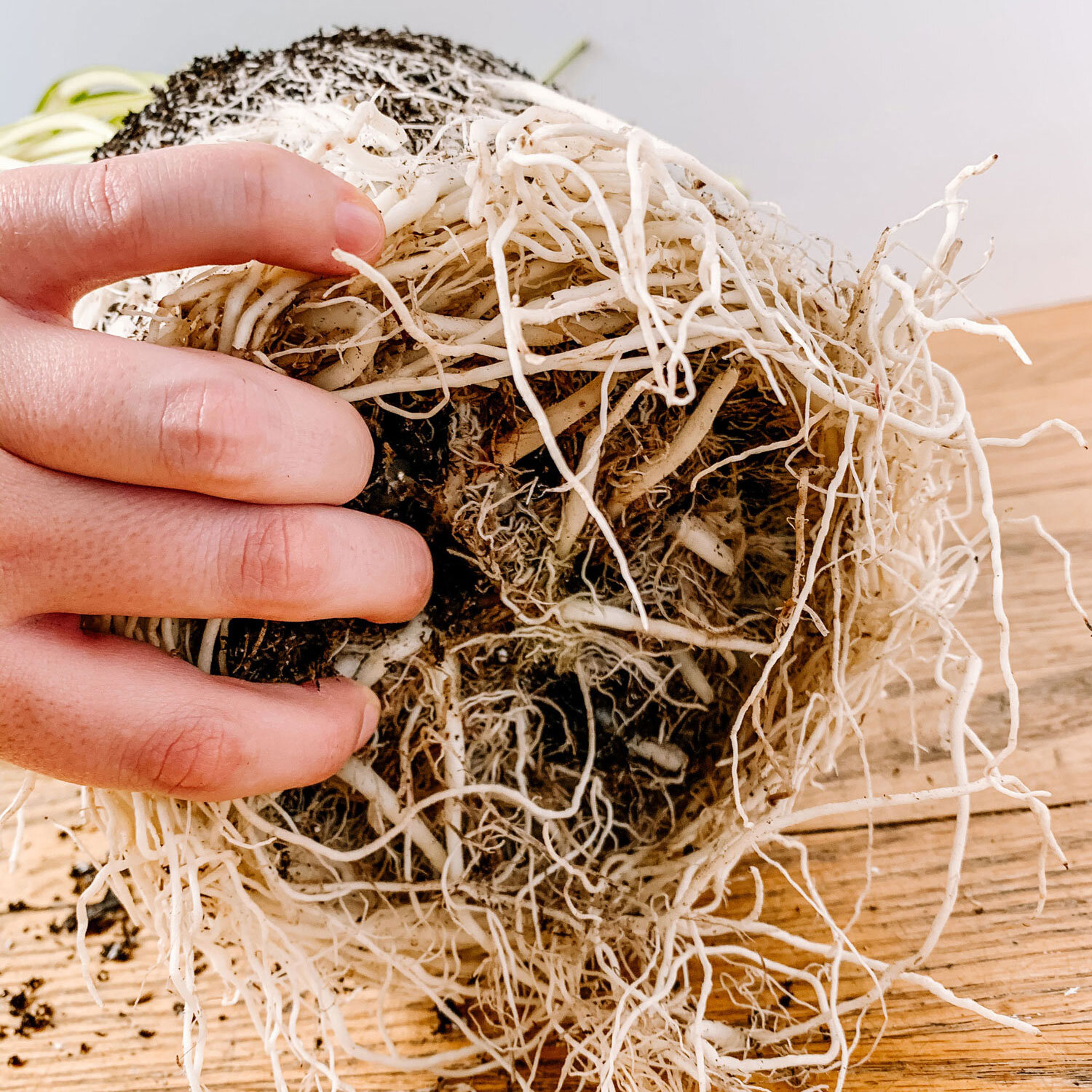The dilemma of understanding the root-bound needs of rubber plants perplexes many gardeners, leading to suboptimal plant growth and health. Unraveling the secrets of root-bound rubber plants empowers gardeners to provide their precious greenery with the optimal conditions to thrive.
Root-bound rubber plants, a plight faced by gardeners, can hinder their beloved plants’ growth and vitality. As the roots expand, they encounter resistance from the confines of their container, resulting in circling or pot-bound roots.

Understanding the Root-Bound Needs of Rubber Plants: A Gardener’s Guide
Rubber plants, botanically known as Ficus elastica, are popular houseplants prized for their adaptability and resilience. However, providing them with appropriate root space is crucial for their overall health and vigor.

Root-bound plants exhibit stunted growth, nutrient deficiency, and an increased susceptibility to pests and diseases. Their roots become entangled and compacted within the pot, restricting water and nutrient absorption. This affects the plant’s ability to photosynthesize and produce energy, leading to yellowing leaves and reduced growth.

Identifying Root-Bound Rubber Plants: A Visual Guide
Recognizing the signs of a root-bound rubber plant is essential for timely intervention. Carefully inspect the plant for visible roots encircling the base of the pot or protruding through drainage holes.
Gently remove the plant from its container and examine the root system. If the roots are tightly coiled or circling the pot, it’s an indication of root-bound conditions.

Repotting a root-bound rubber plant into a larger pot with fresh soil provides ample space for the roots to expand and establish a healthy root system.
Choose a pot that is 2-3 inches wider than the current one, providing adequate room for root growth. Ensure the pot has drainage holes to prevent waterlogging, which can lead to root rot.

Rejuvenating Root-Bound Rubber Plants: A Step-by-Step Guide
Repotting a root-bound rubber plant is a straightforward process that can revitalize your plant’s health and appearance.
Start by gently removing the plant from its current pot. Carefully loosen any tightly bound roots without causing excessive damage.

Prepare the new pot with fresh potting mix, ensuring it is well-draining. Place the rubber plant in the center of the pot and fill in the remaining space with potting mix, gently firming it around the roots.
Water the plant thoroughly after repotting and place it in a bright, indirect light location. Avoid overwatering, as this can lead to root rot.

Benefits of Repotting Root-Bound Rubber Plants
Repotting a root-bound rubber plant offers numerous benefits, including:
- Improved root growth and development
- Enhanced nutrient and water absorption
- Increased plant vigor and vitality
- Reduced risk of pests and diseases
![]()
Tips for Healthy Root Development in Rubber Plants
In addition to repotting, there are several practices that promote healthy root development in rubber plants:
- Use well-draining potting mix to prevent waterlogging.
- Provide ample light, as photosynthesis supports root growth.
- Water regularly, but avoid overwatering.
- Fertilize monthly during the growing season to provide essential nutrients.
Fun Facts about Understanding The Root Bound Needs Of Rubber Plants: A Gardener’s Guide
Delving into the world of root-bound rubber plants reveals a treasure trove of fascinating facts:
- Rubber plants can tolerate some degree of root-boundness, but prolonged neglect can have detrimental effects.
- Repotting a rubber plant too frequently can also stunt its growth.
- The ideal frequency for repotting a rubber plant is every 2-3 years, or when the roots become visible through the drainage holes.
How to Understand The Root Bound Needs Of Rubber Plants: A Gardener’s Guide
Understanding the root-bound needs of rubber plants requires careful observation and a keen eye for detail:
- Inspect the plant regularly for signs of root-boundness, such as stunted growth or yellowing leaves.
- Check the drainage holes of the pot for visible roots.
- Gently remove the plant from its pot to examine the root system.
What if Understanding The Root Bound Needs Of Rubber Plants: A Gardener’s Guide
Ignoring the root-bound needs of rubber plants can lead to a cascade of problems:
- Stunted growth and reduced vigor
- Nutrient deficiency and yellowing leaves
- Increased susceptibility to pests and diseases
- Root rot due to poor drainage
Listicle of Understanding The Root Bound Needs Of Rubber Plants: A Gardener’s Guide
Here’s a concise listicle summarizing the key points:
- Identifying root-bound rubber plants involves checking for encircling roots or visible roots through drainage holes.
- Repotting into a larger pot with fresh soil provides ample root space.
- Benefits of repotting include improved root growth, enhanced nutrient absorption, and reduced disease risk.
- Practices for healthy root development include using well-draining soil, providing ample light, watering regularly, and fertilizing monthly.
Questions and Answers: Understanding The Root Bound Needs Of Rubber Plants: A Gardener’s Guide
- Q: How often should I repot my rubber plant? A: Every 2-3 years, or when roots become visible through drainage holes.
- Q: What are the signs of a root-bound rubber plant? A: Stunted growth, yellowing leaves, and visible roots.
- Q: Can I prune the roots of my root-bound rubber plant? A: Yes, carefully prune any circling or damaged roots before repotting.
- Q: What type of soil is best for rubber plants? A: Well-draining potting mix specifically formulated for indoor plants.
Conclusion of Understanding The Root Bound Needs Of Rubber Plants: A Gardener’s Guide
Understanding the root-bound needs of rubber plants is essential for maintaining their health and vitality. By recognizing the signs of root-boundness, repotting appropriately, and following best practices for root development, you can ensure your rubber plant thrives for years to come.